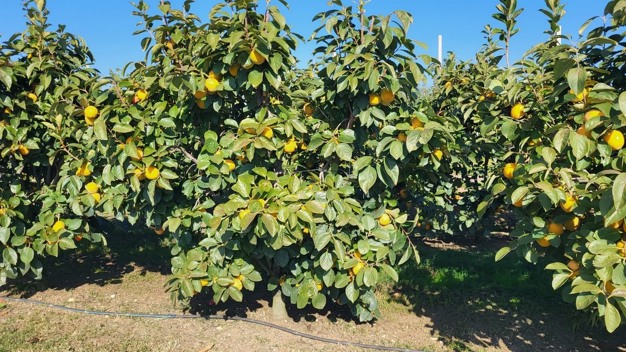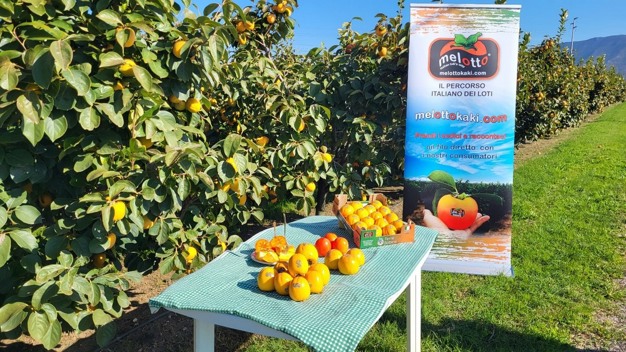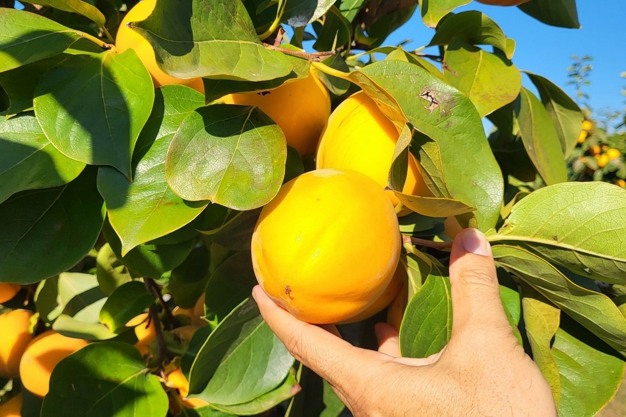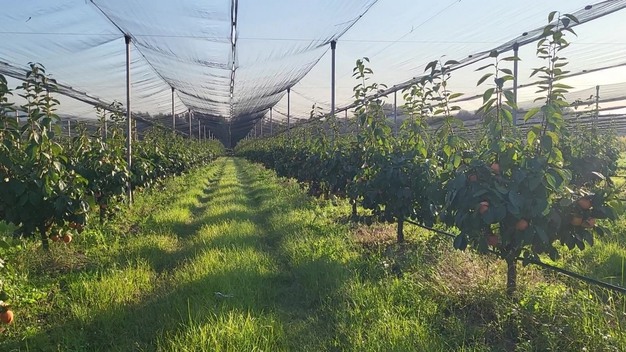The persimmon industry in Spain has long faced significant challenges due to a number of factors. Among these are phytosanitary concerns, restrictive policy measures, the lack of premiums for domestic farmers and, in recent times, a general decline in interest in the crop. The recent floods in the province of Valencia, an area with a significant planted area of persimmons, have further exacerbated the situation.

On this topic, agronomist Vito Vitelli, the creator and promoter of the Melotto® project, offers insights. "The Italian sector has benefited from a decline in the Spanish market over the past two to three years, with this trend becoming increasingly pronounced over time. Despite the unfortunate occurrences that have already taken place, the current season is proving to be a positive one. We would like to express our regret to our colleagues and friends in Spain for these unfortunate events. The current shortage of persimmons has prompted Spanish traders to consider our market for supplies."

The evaluation, experimentation and introduction processes are focused on the orchards with a density of over one thousand plants per hectare. "Investing in and believing in the supply chain has proven to be a sound decision. However, it is important to recognise that conditions may not remain favourable indefinitely. To ensure continued success, it is essential to adopt a professional and modern approach to all aspects of the supply chain. Italy has achieved success due to a number of factors, including the selection of nursery material, provision of information and training, support for producers, improvement of techniques, refinement of soil, nutrition and defence, and the adoption of planting patterns that facilitate the cultivation of at least 1,000 plants per hectare and yields of 30-35 tonnes per hectare. Furthermore, the results of renewing existing orchards with the reform pruning and thickening technique have been highly encouraging, demonstrating the potential for rapid recovery of previously planted areas with persimmon trees."
 Italian persimmon trees
Italian persimmon trees
It should be noted, however, that there are a number of challenges to be addressed. Italian persimmon growers are also facing phytosanitary challenges that require preventive management. While specific pesticide treatments can be effective, a more integrated approach is needed, which should be considered from the very beginning of the planting process.
"It is essential to cultivate plants with compact foliage, ample illumination, and natural or chemical products that mitigate the risk of disease. Additionally, a balanced fertilization and irrigation regimen is crucial, ensuring the ideal nutrient and water supply for optimal growth. The expert advises farmers to set up crops with a double system to allow for climate-controlled irrigation. Not only do kiwifruit and citrus fruits benefit from overhead plantings, but also persimmons. These can be used both as an anti-freeze (in the event of temperature drops between February and March), and as a climatiser during the summer period. The result is that excessive heat cannot stunt growth and burn damage to leaves and fruit can be prevented."
Rather than focusing on early harvesting, it is more beneficial to refine the technique of delaying the harvest until late December or early January. This allows the fruit to reach its optimal market readiness, while also optimising post-harvest handling techniques such as temperature-controlled cell storage.
 Young plants
Young plants
"Given the high profitability of this crop, as is the case with other tree species, it is recommended to work in covered orchards. The PLV is in the range of 25 to 35 thousand euros (0.60-0.70 €/kg*50 t/hectare), providing the necessary support to cover the costs of the structure. A protected environment offers enhanced security and enables an extended harvesting period, while also providing protection against adverse weather conditions such as hail and extreme temperatures during the summer months."
The single-axis form of cultivation, which involves extending the trunk up to 2.5 m from which secondary branches branch off, has already been successfully trialled on a range of other fruit trees, including apples, pears, olives, plums, peaches and pistachios. This method is now also being applied to persimmons. "This cultivation technique allows us to exceed 2,000 plants per hectare and to achieve significant production yields. The yield is comprised of few fruits per plant (80-90 persimmons) but is well distributed (no more than 20 kg per plant). There are numerous advantages to this system. The simplicity of pruning and harvesting management is a significant benefit. Secondly, greater exposure to light results in more vibrant fruit colouration. Thirdly, there is a reduced incidence of phytosanitary attacks and more straightforward control of certain insects. Furthermore, the reduction in distance between plants in the row results in shorter and more robust supporting branches, which are more resistant to breaking."
For more information:
Agronomist Vito Vitelli
Tel.: +39 3392511629
[email protected]
vitovitelli.blogspot.com
